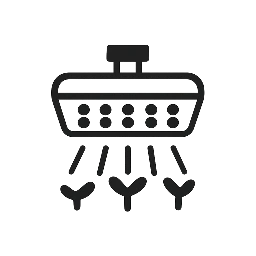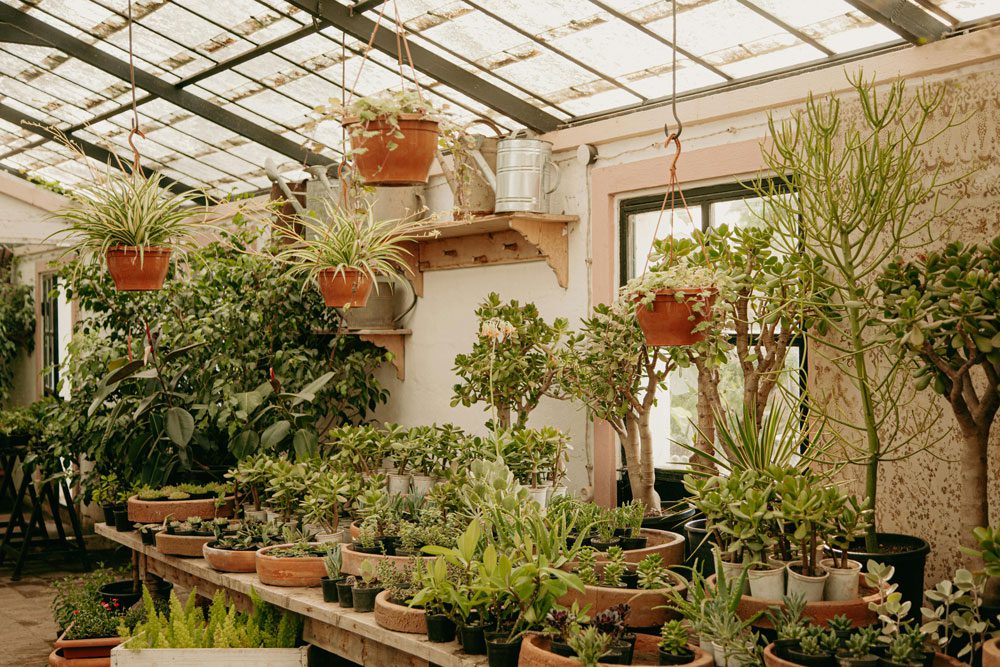There’s nothing more rewarding than watching your spider plant produce those adorable little “babies” that cascade down like a living curtain. But if your spider plant has stopped producing plantlets and looks more tired than thriving, you’re not alone. The secret to unlocking non-stop growth and endless ba by spiders isn’t complicated—it’s about providing the right light conditions that these energetic plants crave. This grow light for spider plant method has transformed struggling plants into lush, baby-producing machines for countless indoor gardeners.
The Baby Plant Problem: Why Your Spider Plant Stopped Producing
Spider plants are often called “easy” plants, but they have specific needs when it comes to reproduction. In their natural environment, they receive bright, indirect light that triggers their reproduction cycle. Common signs your spider plant needs better lighting include:
- No baby plants for months or years
- Slow, stunted growth with few new leaves
- Pale, washed-out leaf color instead of vibrant green and white
- Small, weak leaves that lack their characteristic arching form
- Brown leaf tips despite proper watering care
The Grow Light Breakthrough: From Static to Spectacular
A proper grow light for spider plant setup provides the consistent, quality light that triggers their natural reproduction instincts. The transformation you can expect includes:
Visible Improvements:
- Abundant Baby Plants – Multiple plantlets forming simultaneously
- Faster Growth Rate – New leaves emerging weekly
- Vibrant Leaf Color – Deep greens and crisp white variegation
- Larger, Healthier Leaves – Robust growth with proper arching form
- Continuous Production – Year-round growth regardless of season
The Perfect Spider Plant Grow Light Setup
After extensive testing with multiple spider plant varieties, here’s the exact formula that delivers results:
Optimal Light Specifications:
- Light Type: Full-spectrum white LED
- Intensity: 200-400 PPFD (perfect for active growth)
- Color Temperature: 5000K (daylight white)
- Daily Duration: 12-14 hours using an automatic timer
- Distance: 12-18 inches above the plant
Why This Setup Works Perfectly:
- Moderate Intensity matches their natural understory habitat
- Daylight Spectrum enhances variegation and supports photosynthesis
- Consistent Schedule maintains their growth rhythm
- Safe Distance promotes healthy growth without stress
Real Results: From No Babies to Baby Boom
“My spider plant hadn’t produced a single baby in over a year, and I was considering replacing it. After setting up this grow light system, I noticed new growth within two weeks. Within six weeks, I had my first baby plant! Now, four months later, my plant has produced over twenty babies and looks more vibrant than ever. It’s like I have a completely different plant!” – Sarah K., Indoor Gardener
Spider Plant Grow Light FAQ
How long until I see baby plants after adding a grow light?
Most spider plants will begin producing plantlets within 4-8 weeks of consistent, proper lighting. The first babies typically appear within 2-3 months.
Can I use regular LED bulbs for spider plants?
Standard household LEDs lack the proper spectrum and intensity. Full-spectrum grow lights provide:
- Balanced light for both growth and reproduction
- Appropriate intensity to trigger plantlet production
- The right spectrum for maintaining variegation
My spider plant is in a bright bathroom – why does it need a grow light?
While bathrooms often have good humidity, the light is rarely consistent or intense enough for optimal growth. A grow light ensures your plant receives adequate light daily, regardless of weather or room conditions.
Advanced Tips for Maximum Results
The Propagation Advantage:
Well-lit spider plants produce robust babies that root faster and establish more successfully. Once plantlets develop small roots, you can either leave them attached for a stunning display or propagate them to share with friends.
The Seasonal Boost:
During spring and summer months, you can increase light duration to 14 hours to maximize growth and baby production, then reduce to 12 hours during fall and winter.
The Fertilizer Combination:
Under proper grow lights, spider plants become more metabolically active. Feed with balanced liquid fertilizer every 3-4 weeks during active growth periods for even more spectacular results.
Troubleshooting Common Issues
If baby production is slow:
- Gradually increase light duration to 14 hours
- Ensure light intensity reaches at least 200 PPFD
- Maintain consistent temperatures between 65-75°F
If leaves lose variegation:
- Increase light intensity slightly
- Ensure the spectrum includes full color range
- Check that the plant isn’t in too dark a location
If brown tips persist:
- Review watering practices (use filtered water if possible)
- Ensure adequate humidity around the plant
- Check that light isn’t too intense or too close
Beyond Babies: Additional Benefits
Using a grow light for spider plant offers more than just beautiful plantlets:
- Air purification – Healthier plants clean air more effectively
- Natural decoration – Cascading babies create beautiful displays
- Gift potential – Abundant babies make perfect gifts for friends
- Year-round interest – Continuous growth and visual appeal
Start Your Spider Plant Transformation Today
Don’t settle for a spider plant that merely survives. With the right grow light setup, you can transform your plant into a vibrant, baby-producing showcase specimen. The key is providing consistent, appropriate lighting that matches what these energetic plants need to thrive and reproduce.
Ready to experience the spider plant baby boom? Discover our recommended full-spectrum LED grow lights, perfectly calibrated for spider plants and other vigorous indoor growers. Your lush, baby-filled plant awaits!


Leave a Reply